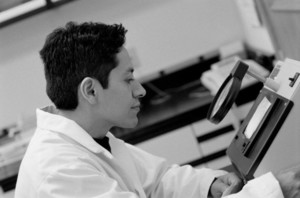As the patent expiry dates of the original erythropoietins drew near, much concern was expressed in 2004 about possible biosimilar competitors. Product quality, safety and efficacy of biopharmaceuticals are highly dependent on the processes of production, purification and formulation. How have these genuine concerns been answered by the EMA in granting marketing approval, and have any other problems come to light?
- Home
-
Generics
News
- FDA approves generic teriparatide and levetiracetam
- US generics launch and approval for Dr Reddy’s and Lupin
- Five Chinese companies join UN’s MPP for Covid-19 medicines
- South Korean companies to make generic Bridion and COVID-19 drugs
Research
- Japan’s drug shortage crisis: challenges and policy solutions
- Saudi FDA drug approvals and GMP inspections: trend analysis
- Generic medications in the Lebanese community: understanding and public perception
- Community pharmacists’ understanding of generic and biosimilar drugs: Lebanon case study
-
Biosimilars
News
- EMA recommends approval for insulin glargine biosimilar Ondibta and denosumab biosimilar Osqay
- FDA approves denosumab biosimilars Osvyrti and Jubereq, Boncresa and Oziltus
- FDA approves aflibercept biosimilar Eydenzelt and label expansion for adalimumab biosimilar Yuflyma
- ANVISA approves biosimilars for denosumab, trastuzumab, and aflibercept
- MORE EDITORIAL SECTIONS
- Search








 0
0











Post your comment